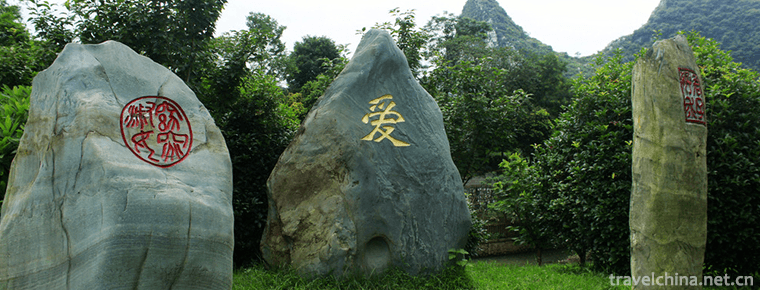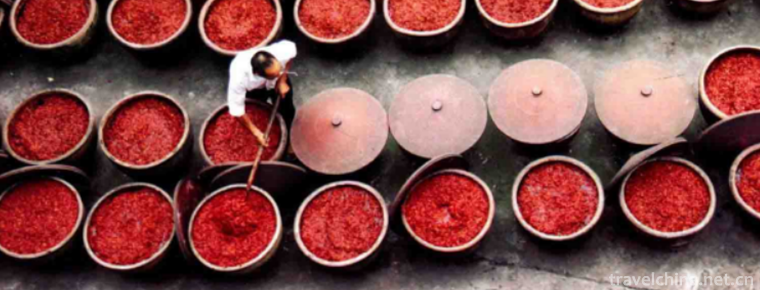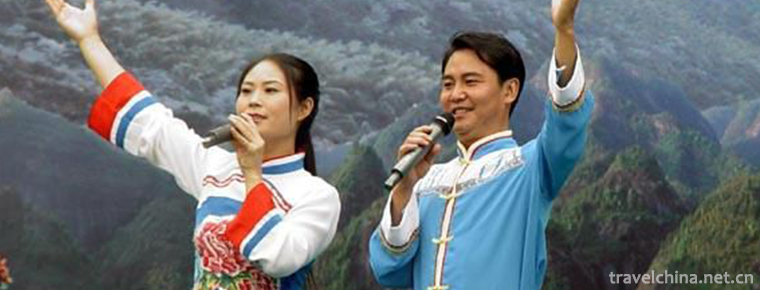2019-01-13

- By ChinaWiki.net
- Chinese Edition
- 2020-12-17
Nanchong landform
Nanchong terrain inclines from north to south, with an altitude of 256-888.8 meters. The main geomorphic types are hills, and 1 / 3 of them are high hills and low mountains, middle hills and valleys, and low hills and dams. The geomorphic types of the whole city are divided into two categories: the northern low mountainous area and the southern hilly area. The northern low mountain areas include the north of Langzhong City, the northwest of Nanbu County, most of Yilong County, the east of Yilong River in Yingshan County, and the north of Pengan county. The altitude is generally 500-800 meters, and the relative height is 200-300 meters. Tianmaoshui mountain in Longquan town of Langzhong City and chendazhai mountain in the northeast of Yingshan County are the highest peaks in Nanchong, with an altitude of 888.8 meters. The northern low mountain area is roughly bounded by the Jialing River, which is divided into two parts: Jiangxi is the branch of Jianmen mountain, and Jiangdong is the branch of Daba Mountain. The southern hilly area is located in the south of the northern low mountainous area, which roughly includes all of the three districts (Shunqing, Gaoping and Jialing) and Xichong County, most of Langzhong, Yingshan, Pengan and a small part of the southwest corner of Yilong county. The terrain gradually decreases from north to south, and the altitude drops from 500 meters to 256 meters, and the landform gradually changes from high hills to low hills or low hills and flat dams. Under the influence of long-term running water and tributaries of Jialing River, the mounds are fragmented and of different sizes. It is generally distributed in clusters, mostly with pointed or dome shaped, in the shape of table or ridge.
Ask a Question
Your email address will not be published.



0 Questions